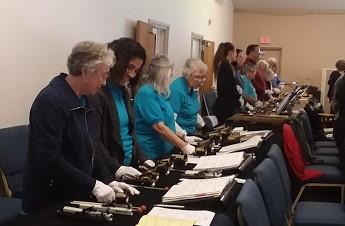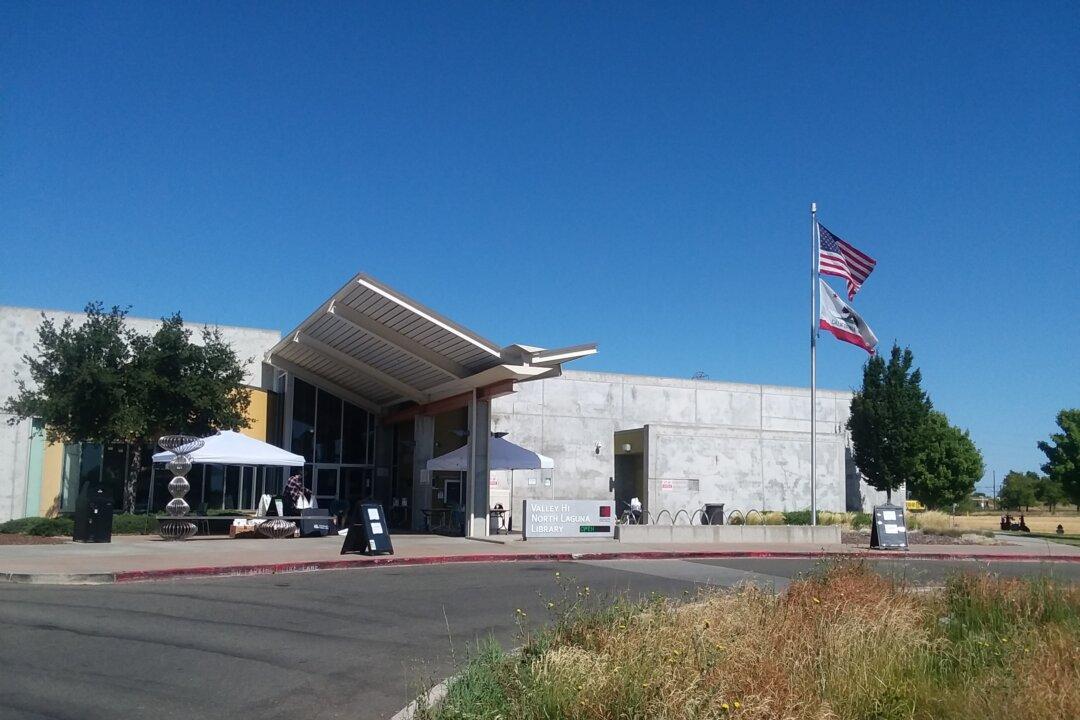On Saturday, March 30, 10 handbell ensembles from the Sacramento area came together at the Sacramento Spring Ring to improve their ringing, play together, and socialize. The Sacramento Spring Ring was originally held in the 1980s through the early 2000s. It was the first time in over 10 years that such an event had been held in Sacramento, and many of the musicians were eager to see the event’s revival.
The event, endorsed by Handbell Musicians of America (HMA) Area XII, was spearheaded by members of RiverBells Sacramento, a community handbell ensemble based out of South Sacramento that was founded by its director Paul W. Allen nearly 21 years ago. The group consists of between 11–15 musicians, depending on the season, and rings between four and six octaves of bells. Typical ensembles can range from about six to eight members on the low end to 15 or so on the large end, and ring anywhere from two to seven octaves; repertoire also exists for smaller groups and even for handbell solo.



